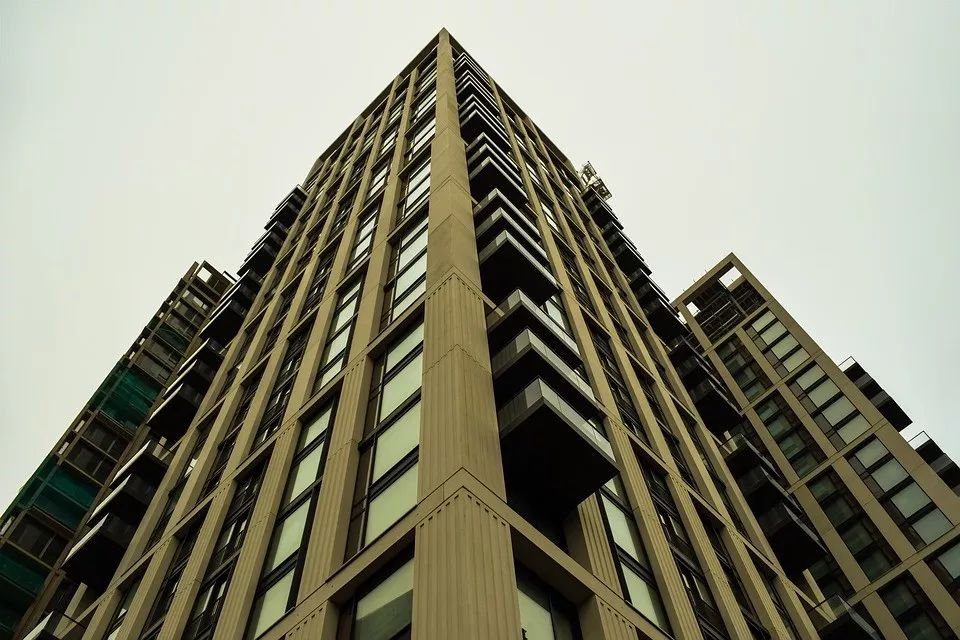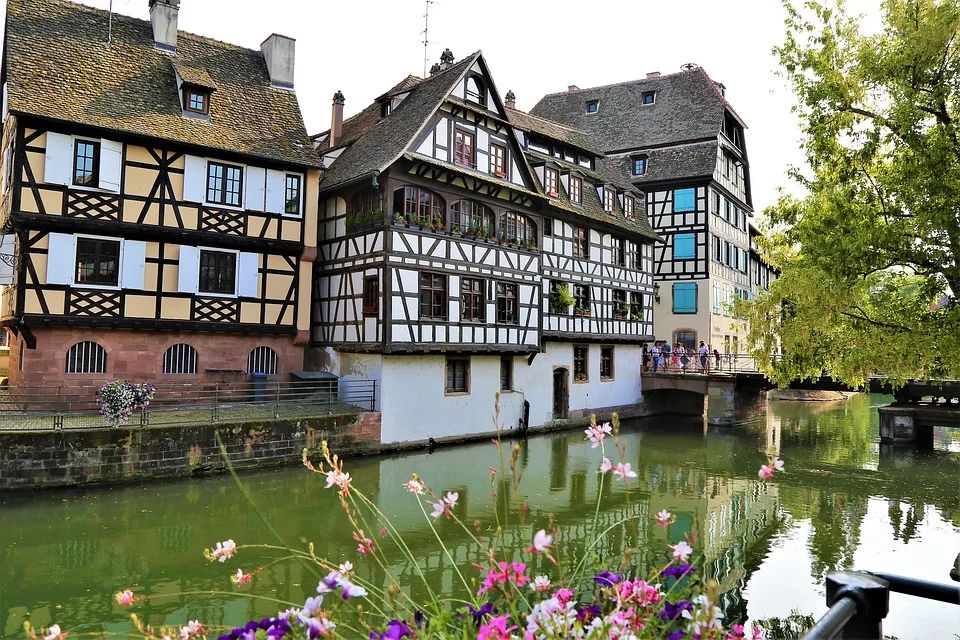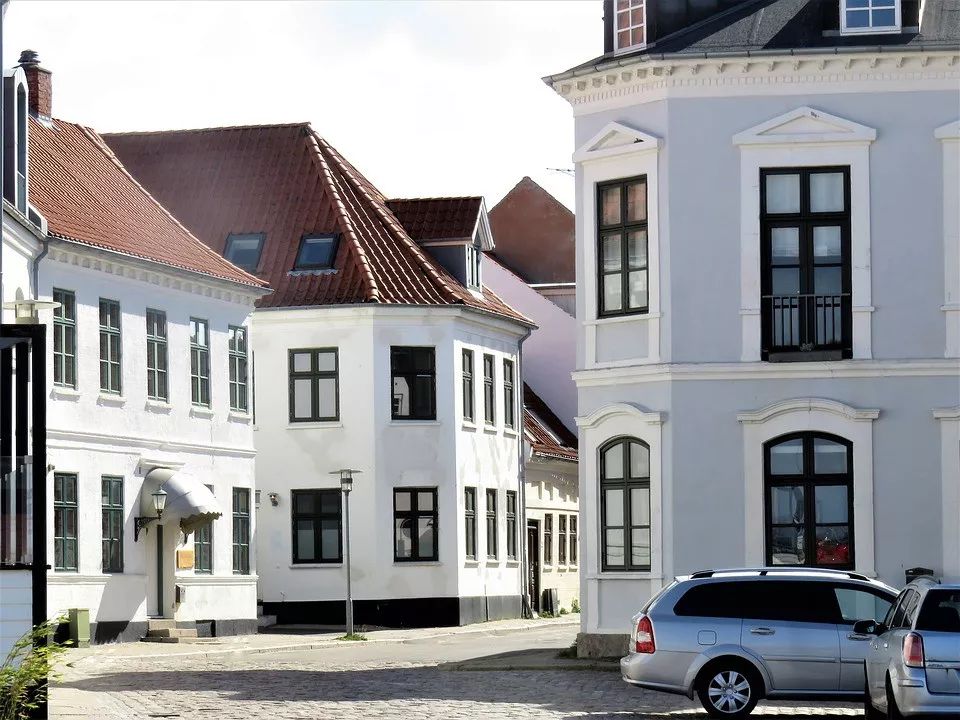These ten countries are:
United States, United Kingdom, Germany, France, Japan, China, Canada, Singapore, Denmark and Sweden.
United States
High Degree of Standardization, Serialization, Specialization and Commercialization

Prefabricated Constructions became popular in the United States during the 1970s. In 1976, the U.S. Congress passed the National Manufactured Housing Construction and Safety Act, and introduced a series of stringent industry regulations and standards in the same year, which have not only emphasized the quality but also the improved aesthetics, comfort, and personalization.
According to the U.S. Industrialized Housing Institute, by 2001, the number of prefabricated housing in the United States had reached 10 million, accounting for 7% of the total housing stock. In the United States and Canada, urban residential structures primarily consist of concrete and steel prefab homes, while in smaller towns, light steel and wood prefab home systems dominate.
In the United States, the standardization, serialization, specialization, commercialization, and socialization of residential components and parts are very high, nearly reaching 100%. Users can find the products they need through product catalogs. These components have excellent structural performance, high versatility, and are easy to produce through mechanized processes.
Steel-wood structure villas and steel structure apartments feature a wide variety of building materials and component parts, high level of component standardization and a commercialized supply. With BL quality certification system, the warranty period is guaranteed for component quality assurance.
United Kingdom
Active Government Guidance

The UK government actively promotes the development of prefabricated construction. It explicitly states that the construction sector in the UK needs to achieve specific goals through new product development, efficient organization and industrialized production, including "10% cost reduction, 10% time reduction, 20% defect rate reduction, 20% accident rate reduction, 10% labor productivity improvement, and ultimately 10% increase in output profit margins”. Meanwhile, the government has introduced a series of incentives and measures to promote green and energy-efficient construction and has stringent requirements for building quality and performance to encourage the industry to transition to new construction methods.
The development of prefabricated construction in the UK requires close collaboration between government departments and industry associations to enhance technical systems and standardization. This collaboration aims to facilitate the implementation of prefabricated construction projects. By establishing a system for the certification of professional skills based on the specific requirements of the prefabricated construction industry, it promotes the formation of a skilled workforce across the entire industry chain. In addition to focusing on development, design, production, and construction, attention should also be given to supporting the growth of material supply and logistics within the entire industry chain.
Steel structures and modular buildings with new construction for accounting for over 70% adopt complete technologies and efficient supply chain management for design, production, and supply. The British Constructional Steelwork Association (BCSA) plays a critical role.
Germany
The Country with the Fastest Reduction in Building Energy Consumption in the World

Germany primarily utilizes panelized, concrete, and shear wall structural systems for its prefabricated houses. These houses employ component assembly and concrete structures, featuring good durability. Germany has been one of the fastest countries in the world to reduce building energy consumption, and in recent years, it has emphasized the development of zero-energy passive buildings. From substantial energy savings to passive buildings, Germany implements these initiatives through prefabricated house, effectively merging prefabricated house with energy efficiency standards.
After World War II, multi-storey prefabricated houses were prevalent, and by the 1970s, East Germany reached a 90% level of industrialization. Newly built structures, such as villas, mainly employed fully prefabricated steel (and wood) structures. The robust prefabricated construction industry had a well-established supply chain. Universities, research institutions, and enterprises contributed to the development and offered technical support. There was close collaboration in building, structure, plumbing, and electrical systems. Construction companies closely cooperated with machinery and equipment suppliers. Advanced machinery, materials, and logistics overcame limitations in fixed modular dimensions.
China
Re-emerging, Still in its Early Stages

The development of prefabricated construction in China saw a sudden stagnation and rapid decline in the late 1980s. After more than 30 years of dormancy, the PC technology is making a resurgence in China, which is an encouraging and promising development. During this 30-year hiatus, both technology and skilled personnel are very scarce. Short-term solutions are insufficient to address the fundamental issues related to personnel, technology, management, engineering experience, and other software aspects.
In terms of market share, China's prefabricated construction market is still in its early stages, with most activities concentrated in the residential industrialization sector across the country, which is especially true for affordable housing, occupying a relatively narrow segment of the market. Initial investments have been substantial, production scales are small, and it is unlikely to compete with the traditional cast-in-place construction market in the short term.
However, with the guidance of national and industry development goals and policies, and in the face of the urgent need for transformation and upgrading towards the modernization of the construction industry across the country, more than 20 provinces and cities in China have successively introduced supportive policies for the development of the relevant construction industry, which has promoted industrialization bases and pilot demonstration projects. It is believed that with technological advancements and improvements in management, prefabricated construction will have a vast market and ample opportunities for growth.
It has made a resurgence in China after a period of dormancy that lasted for over three decades. However, it is still in its early stages. National, industry, and local key standards and regulations have been largely established and implemented. These developments aim to meet the demands of transforming and upgrading the modernization of the construction industry.
Japan
Strong Government Intervention

Japan has promulgated a five-year housing construction plan every five years, and each five-year plan has clear policies and measures to promote the development of the housing industry and improve the performance quality. Government intervention and support have played a vital role in the housing industry's growth, which is to ensure the quality of precast concrete structures through legislative measures, emphasis on technological innovation, introduce a series of policies and guidelines for industrializing residential construction and establish modular standards to address the challenges among standardization, mass production and housing diversity.
The proportion of wooden structures exceeds 40%. High-rise residential buildings are predominantly constructed using reinforced concrete frames (PCA technology). High levels of industrialization are achieved, with integrated interior finishing, thermal insulation for doors and windows, and legislation is in place to ensure the quality of concrete components. In areas with high seismic activity, precast concrete seismic isolation technology is utilized.
France
The Earliest Adopter of Prefabricated Techniques, Primarily Focused on Precast Concrete Structures

France is one of the earliest countries in the world to promote prefabricated construction. The distinctive feature of prefabricated construction in France is its emphasis on precast prefabricated concrete structures, supplemented by steel and wooden structures. In French prefabricated residential buildings, frame or column-beam systems are commonly used, and welding and bolt connections are performed using dry methods. Structural components are separated from equipment and finishing work, reducing the need for embedded elements, resulting in high production and construction quality. France primarily employs prestressed concrete prefabricated frame structural systems, with an assembly rate of up to 80%.
Canada
High Versatility of Components

The development of prefabricated construction in Canada is similar to that of the United States. It began to explore the development and application of precast concrete in the 1920s, and by the 1960s and 1970s, this technology had become widely used. Currently, prefabricated construction is officially applied in residential buildings, public structures such as schools, hospitals, and offices, as well as parking garages and single-storey industrial buildings. In engineering practice, the extensive use of large prestressed precast concrete construction technology has allowed prefabricated construction to fully demonstrate its advantages.
Similar to the United States, there is a high level of component interchangeability in Canada. In major cities, prefabricated concrete and steel structures are predominant, while in smaller towns, steel or steel-wood structures are more common. In regions with temperatures below 6 degrees Celsius, fully precast concrete structures, including high-rises, are prevalent.
Singapore

Singapore has developed unitized prefabricated residential buildings ranging from 15 to 30 stories, which constitute over 80% of the total national housing stock. They achieve industrialization of the design and construction process with standardization as the core, using repeated layouts, component dimensions, and installation nodes. These components seamlessly integrate with each other, resulting in an assembly rate of up to 70%.
80% of the housing in Singapore is constructed by the government, and they have undergone rapid development over the past 20 years. Public housing projects have a mandatory prefabrication requirement, with an assembly rate of 70%. The majority of these projects consist of high-rise concrete buildings, typically in tower or slab forms. Prefabricated construction techniques are primarily used in the construction of public housing.
Danmark
Predominated by Concrete Structure

Prefabricated housing became popular in the United States in the 1970s. In 1976, Denmark established a unified industrial standard known as the Danish Open System Method, stipulating that all government-funded housing projects must be designed and constructed according to this method. This approach aimed to bring construction development into the realm of manufacturing and industrialization.
Influenced by France, concrete structures are predominant. There is a mandatory requirement for modular design. The precast component industry is well-developed. Components such as structures, doors, windows, kitchens, and bathrooms are standardized. Prefabricated large panel structures and box module structures are common.
Sweden
The Standardization of Parts Has Been Gradually Incorporated into Industrial Standards

Sweden has adopted an assembly technology system based on large concrete precast panels, and the standardization of components for prefabricated construction parts has gradually been incorporated into Sweden's industrial standards. To promote the development of prefabricated construction products and the industrialization of construction, the government encourages the use of structural components manufactured in accordance with the national standard association's building standards to qualify for government funding support.
The prefabricated wooden structure industry chain is well-established and mature. With a history of development spanning over a century, it encompasses low-rise, multi-storey, and even high-rise buildings. Approximately 90% of houses are constructed using wooden structures. These are the current development statuses of the top ten prefabricated constructions domestically and internationally. Do you have any reflections or insights to share?

Fax:749586084
Email:739347497@qq.com
Tel:13818960123
Address:Dongliu Town Industrial Concentration Zone, Dongzhi County, Chizhou City, Anhui Province

Scan and contact me
